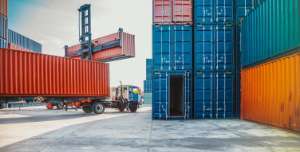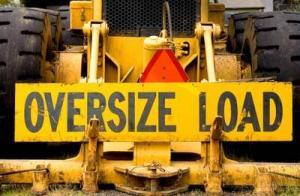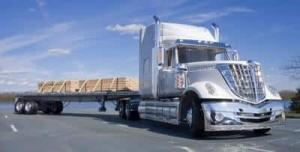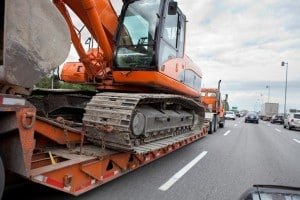
Side kits are an indispensable utility in freight trucking. They offer affordable and easily removable structure, support, and weather protection for almost any kind of cargo by providing a shipping option with removable sidewalls and covers. Side kit trailers are also known as “covered wagons” because of their removable sides and tent-like coverings.
What makes flatbeds so useful? Their versatility does. A flatbed trailer can be outfitted to carry almost anything, and many times, side kits are a critical part of that equation. These kits are made up of removable plywood or fiberglass panels that protect your cargo from damage by the sun, wind and rain and can help hold it in place, too.
Freight Rate Central Can Provide Side Kit Trailers

Freight Rate Central works closely with freight carriers that provide flatbed and side kit services so that your cargo can get moving as quickly, smoothly and affordably as possible while being protected from the elements on the road. Our close relationships with our carriers help us keep shipping costs low and predictable, and that makes it possible for us to provide a free instant online freight quote calculator that can give you an accurate estimate of your shipping costs without any trouble or delay.
What are the Typical Specs For Side Kit Trailers?
Many of our carriers have side kits that are designed to attach to standard flatbed trailers, which are typically either 48’-0” or 53’-0” long. The panels take about an inch of flatbed on each side, so the width available for cargo on an 8’-6” flatbed trailer is going to be 8’-4”. Most side kit trailers are rated to hold a maximum freight weight of 42,000 to 45,000 pounds. In most cases, that’s well beyond what is needed to hold the cargo. For instance, a full load of soybeans for one of these wagons would only weigh about 4,000 pounds.
How are Sidekit Trailers Used?
Side kits are generally used to haul two kinds of cargo: granular materials like powders, coal and some crops, and irregularly shaped or extremely heavy objects that cannot — or don’t need to — go into a crate. Crops that won’t be damaged under their own weight like corn, watermelon and soybeans are often transported this way, since keeping the crop held in place and protected from moisture as it travels is all that’s needed. With a waterproof tarp, these goods are perfectly safe from water damage and infestation.
Many types of cargo that can’t or just don’t need to go into a crate are also shipped in side-kitted flatbeds. For example, heavy machinery, engine blocks and metal coils are almost impossible to load into an everyday enclosed trailer without the aid of a forklift, but they’re easy to load onto a flatbed with a side kit. Being able to load the flatbed from the side and then build the enclosure around the cargo, rather than trying to load it from one end of the trailer, is especially useful when moving heavy machinery and oversized loads. Side kits were invented with this kind of application in mind, so they’re the perfect tool for the job.
Sidekit Trailers: Typical Variations
Depending upon your needs, fiberglass or plywood panel kits are available. You can also choose to have a tarp and bow system installed on top to protect the cargo from the elements. The tarp and bow covering is only really necessary if you need to keep your goods protected from wind, water, sunlight or infestation, so sometimes it isn’t required. However, if the cargo needs to be held in a more climate-controlled environment, a dry van or refrigerated trailer may be a better choice. All of these side kit options are available for 48’-0” and 53’-0” standard flatbed trailers, but not for single or double drop trailers, and that limits the height of the load.
Thanks to their versatility and low operating costs, side kit-outfitted flatbeds are one of the most commonly used freight trucking options in the country. What makes them so useful? If necessary, the flatbed can be loaded with its cargo and then the side kit can be installed around the loaded trailer, protecting the shipment from the elements without causing any logistical problems.







